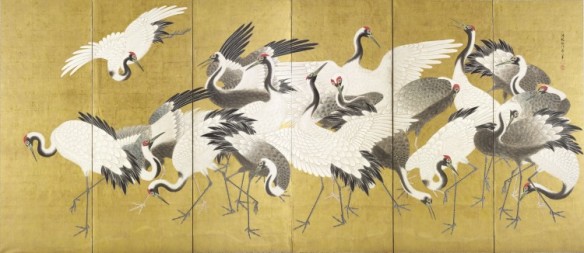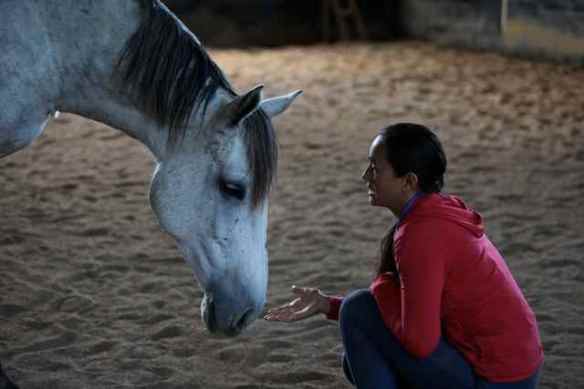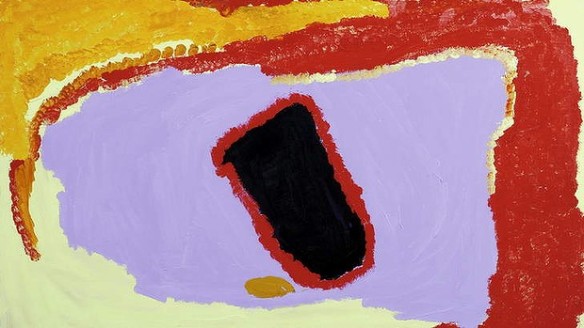I woke up in the early hours of the morning to the sound of the rain on the roof – as I so often do living in the green hills of the Northern Rivers. (Note to self: In Australia, a country renowned for its droughts, there’s a reason why this area is always green. Second note to self: Always research an area before moving there.)
As I lay there wondering if it was too early to get up at 4.30 am and work, the Worry Monster came to visit, and soon we were running through our favourite conversations – too many horses with too many fungal diseases (also due to the weather); too little time, too much to do, not enough money, no clear direction at the moment as to the way forward – and why not? And what is wrong with me??? Everything was absolutely focussed with crystal-like clarity on what is wrong with my life.
And this day, the Saturday before Mother’s Day is always a little hard because three years ago we were told a very beautiful and valuable thoroughbred horse, Fox, whom we’d owned only for a few months, was dying of pneumonia. It was a catastrophic series of tiny mistakes which had led us to this sad place, but there we were with just the slightest chance he would make it through the night, but at 5.00am on Mother’s Day morning, he died, and I’ve felt the sadness most acutely at this same time of year ever since.
I took a deep breath. After several years of trying my best to acquire the positive habit of the Law of Attraction I knew I wasn’t doing myself any favours.
I decided, as I also often do, to tune into one of my favourite shows – Jennifer McLean’s Healing with the Masters, and her replay of her interviewer with author and teacher, Patricia Cota-Robles.
And there it was – the exact phrase I needed for that moment:
“The company of heaven say that worry is a way of praying for what you don’t want.”
OMG! So true.
I decided to stop feeling sorry for myself, ignore the rain and take the dogs for a walk before I fed the horses.
As I drove up the lane where I live there was a single White-headed pigeon sitting bang-slap in the middle of the road. I had to get out of the car and shoo it away before it decided to fly up into the nearest tree – and that was just the start of my morning adventures.
The pigeon was followed by more bird-life than I usually see in weeks, all in the space of half-an-hour. Ground-nesting plovers stalked imperiously away from me scolding me crossly for daring to drive through their territory; flocks of Australian White Ibis and the Black-headed Ibis took to the sky in their droves as the dogs and I walked up and down the avenues of macadamia trees trying to avoid the pouring rain, a pair of delicate Grey Herons, (actually the Australian White-faced Heron by the way), rose gracefully into the air looking exactly like birds on a Japanese scroll. Even the sky – a deep shade of Payne’s Grey – looked like a painting, ominous, brooding and beautiful all at once. On the way home a pair of Willy Wagtails and a pair of Butcher Birds were right next to the White-headed pigeon – which led me to wonder why the pigeon was by itself? Had it lost its mate? After all, pigeons are monogamous and mate for life – like many bird species who seem to have achieved something with which we humans have difficulties. Were the other birds keeping it company in its loneliness?
Stranger things have happened – certainly in my animal-filled life!
Talking of which, what do you when you get home and you need to move a guinea pig and rabbit from a horse stable so you can put two horses in the two stables in order to dry them out a bit? You put them in an Ikea laundry basket – you know, the silver ones, with a wire frame and fine mesh all around. Plenty of air, light to carry, fine enough mesh that the sawdust doesn’t fall out – problem solved – and it only took 20 minutes of chasing them around the stable to get them in there.
(Of course all of that might beg the question as to why the guinea pig and rabbit are in a horse stable to begin with, and that goes back to the weather. They’re living in massive five-star hotel luxury because they were constantly being rained out in their previous home and I got sick of rescuing them. Now they live in a stable big enough for a 17hh warmblood, and are ejected only when I need the stable.)
Then, because ‘needs must’, as my mother used to say, I heat up a bowl of olive oil – not as a nature’s own remedy for me, but in order that I can rub it in to one of the horse’s legs. Our old show-jumper, Cardigan, gets regular outbreaks of Greasy Heel, which spreads up his legs, and olive oil is just one of the numerous treatments we have to apply. I let the leg soak up the oil for a while before I spend half-an-hour happily engrossed in scratching scabs off.
By now my human needs are more than calling me – it’s time for a shower, breakfast and a cup of tea.
I discover, to my surprise, that I’ve enjoyed this morning much more than I might have thought I would when I first woke up, and the Worry Monster has been well and truly banished – at least for a while, and when she makes her presence felt I will remember, when I worry, I am praying for what I don’t want.
The illustration with this post is actually of cranes, of course, but it captures the heron spirit!
Check out my author page on Amazon Central,http://www.amazon.com/Candida-Baker/e/B00AFCTF1I/ref=sr_ntt_srch_lnk_12?qid=1368241472&sr=8-12 or my author page on Facebook, and my website: www.candidabaker.com and twitter@CandidaBaker










